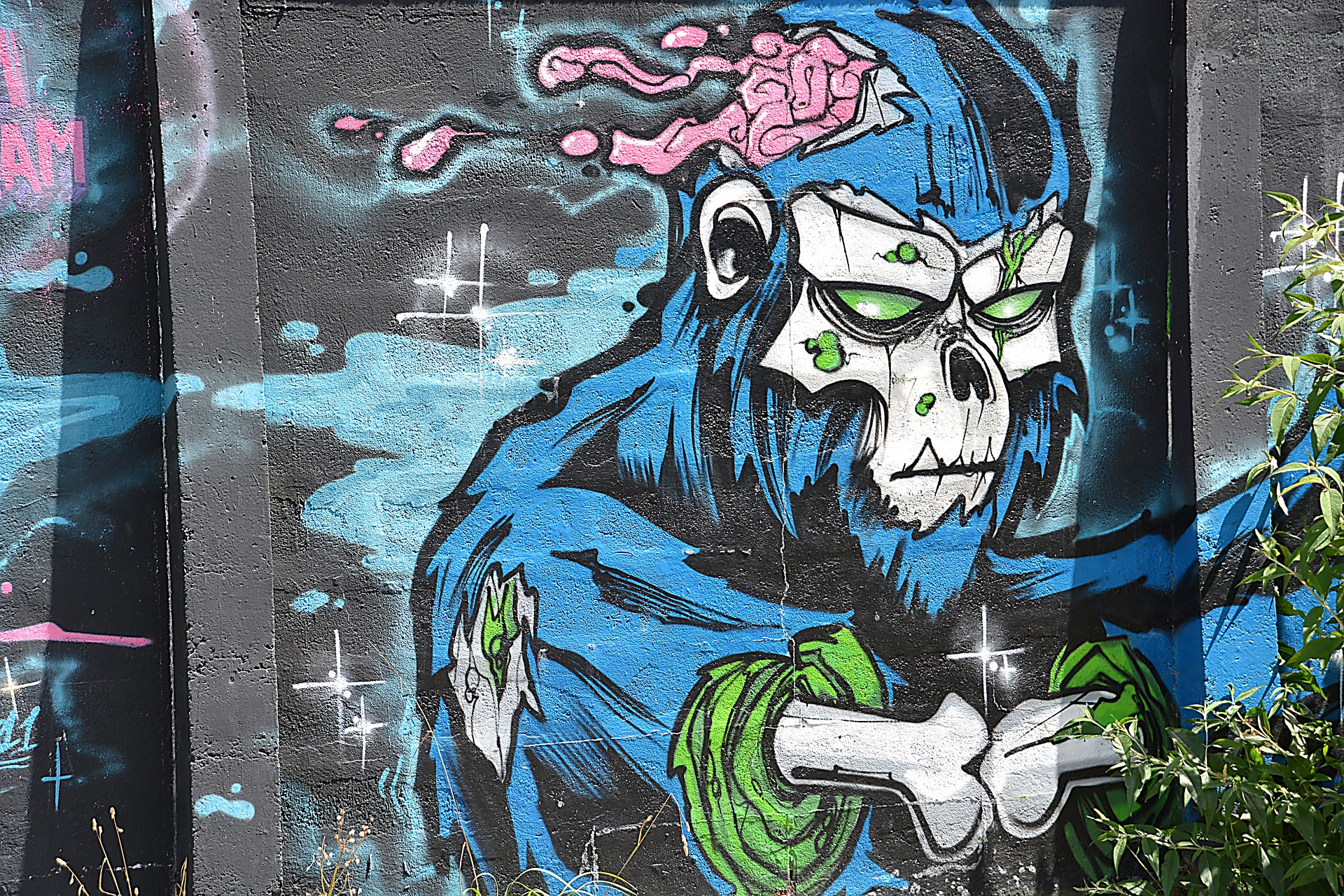Exploring the Visual Symphony of Motion Graphics in Contemporary Cinema
Motion Graphics, a potent fusion of graphic design and film, has been a significant contributor to the 21st-century cinematic experience. This article explores the evolution, current trends, and impact of motion graphics in the film industry. The birth of motion graphics can be traced back to the 1950s, following the advent of television. Early pioneers like John Whitney and Saul Bass experimented with graphic design elements, animation, and filmmaking techniques to produce visually compelling film titles and commercial advertisements. However, it wasn't until the digital revolution in the late 20th century that motion graphics truly blossomed, providing filmmakers with innovative tools to tell their stories more dynamically.

The Digital Leap and its Impact
The digital era’s advent brought about sophisticated software and tools, enabling artists to create complex, layered compositions that were once impossible. This breakthrough ushered in a new era of visual storytelling, with motion graphics playing a pivotal role in enhancing cinematic narratives. Films like “Fight Club” and “Seven” stand testament to this, using motion graphics not just for title sequences but also as integral parts of the storytelling process.
Motion Graphics in Today’s Cinema
Today, motion graphics have permeated every aspect of film production, from title sequences and promotional materials to visual effects and narrative storytelling. They have allowed filmmakers to realize their creative visions in ways that were once unimaginable. Recent films like “Spider-Man: Into the Spider-Verse” and “Guardians of the Galaxy Vol. 2” have pushed the boundaries of motion graphics, creating visually stunning masterpieces that captivate audiences worldwide.
The Impact and Significance of Motion Graphics
The role of motion graphics in contemporary cinema is multi-faceted. Not only does it augment storytelling and enhance visual aesthetics, but it also plays a crucial role in shaping a film’s identity and brand. A well-crafted motion graphic sequence can set the tone for the entire film, providing audiences with cues about the narrative’s mood, genre, and style. Moreover, it has paved the way for a new breed of visual artists who straddle the line between graphic design and filmmaking, thus enriching the cinematic art form.
The Future of Motion Graphics
The future of motion graphics in cinema looks promising. With the advent of technologies like virtual reality, augmented reality, and artificial intelligence, the possibilities for motion graphics are endless. As filmmakers continue to push boundaries and experiment with new techniques and tools, motion graphics will undoubtedly continue to play a pivotal role in shaping the future of cinematic storytelling.
In conclusion, motion graphics have transformed the cinematic landscape, offering filmmakers innovative ways to enhance narrative storytelling and visual aesthetics. As we look towards the future, it’s exciting to imagine the creative possibilities that lie ahead in this fascinating intersection of graphic design and film.




